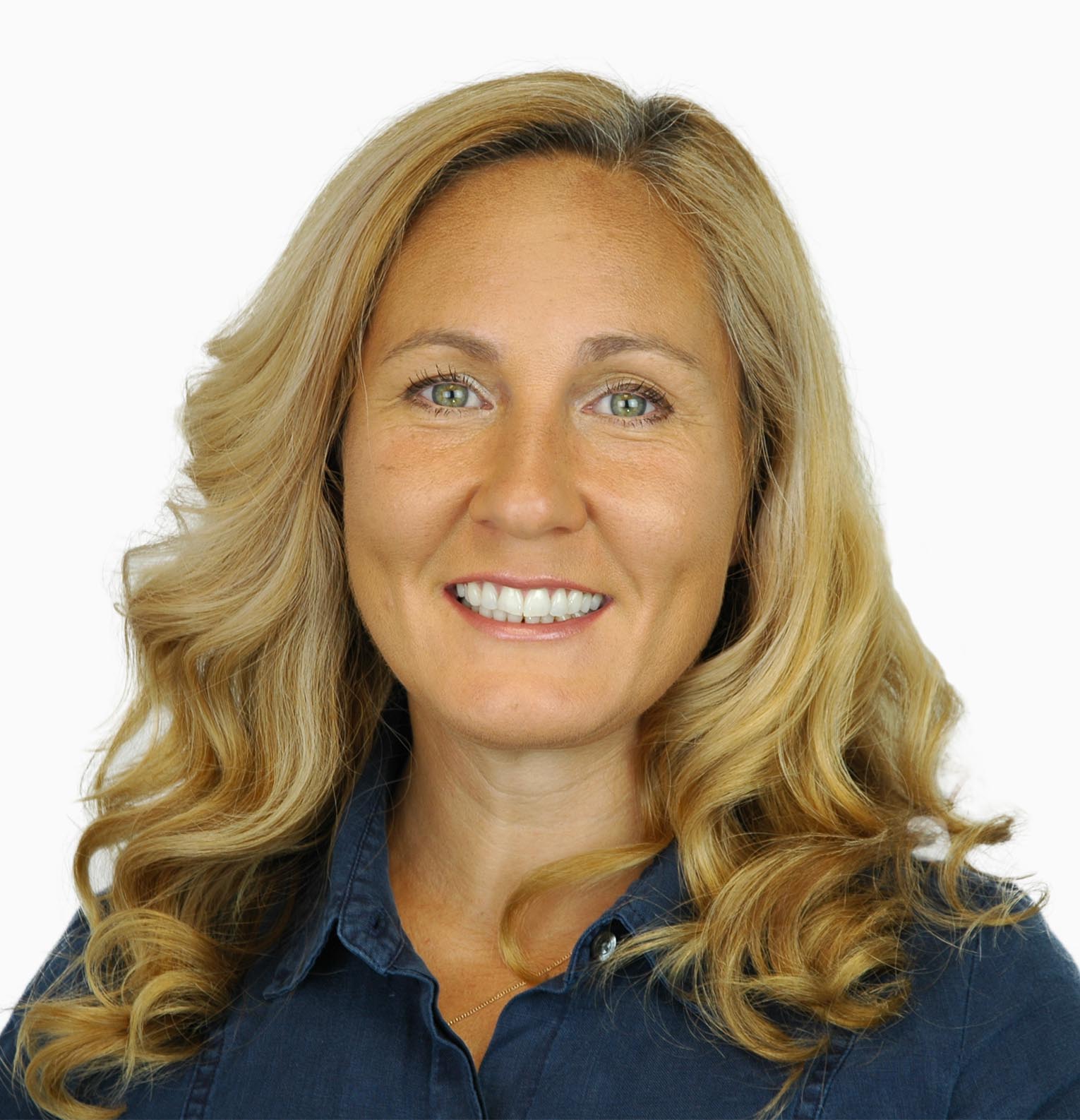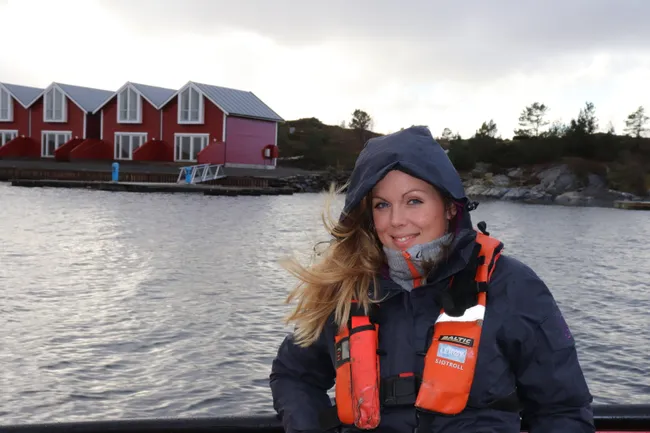Configure Now
Items in Your Cart0
0Items in Your Cart
Start building your packageShop Now
The World Bank predicts that aquaculture will be the world’s primary source of seafood by 2030. In addition to providing a sustainable source of protein, aquaculture provides thousands of jobs for both established and emerging economies.
Women's work plays a vital role in aquaculture, with the UN Food and Agriculture Organisation reporting that women make up 70% of the aquaculture workforce worldwide, occupying roles from fish production and processing to retail and support. As seafood becomes an increasingly vital source of nutrition worldwide, improving gender equality throughout its supply chain is crucial for this industry's advancements.
It is important to look at history, so let’s take a look at how women have paved the way in the aquaculture industry.
Gender Aquafish noted that the study of women in aquaculture can be difficult as official statistics to track female involvement in aquaculture can be scarce, despite evidence of active participation by women throughout aquaculture history. The lack of gender-specific statistics means that many of women’s contributions to aquaculture may not be recognized.
According to Alimentarium, the earliest evidence of fish farming dates back 4000 years. Many historical accounts note that men and women often worked, and continue to work, in tandem with complementary roles as part of a team.
Women have made big strides in the aquaculture industry as both labourers and managers of production processes.
Gender Aquafish reported that over the last four decades, more women than ever have graduated from higher education institutes in studies relating to aquaculture, with gender parity being achieved in some cases. As a result, the number of women in highly skilled areas of aquaculture, including laboratory technicians and research positions, is increasing.
We would, of course, be remiss to write a blog about women in aquaculture without mentioning our fearless leader, Sam Macdonald. By developing advanced ROVs for cage, mooring and feeding system inspections, net repair, mort retrieval and removal, and stock health monitoring, Deep Trekker has been able to provide safe, effective, and innovative solutions to the aquaculture industry.
To learn more about how Deep Trekker is helping to contribute to the aquaculture industry, read more.
ROVs provide immediate inspection solutions so farm operators and aquaculture specialists always have an understanding of their submerged infrastructure and fish stocks. The idea for the DTG3 ROV came about when Deep Trekker President Sam Macdonald dropped her flashlight in Lake Huron and began wishing that she had a tool that everyone could use to retrieve such items. And the rest is history!

Originally from Brittany, Marie-Aude Danguy has been living and working in Ireland since the 1990s. She began working with a group of local shellfish farmers before establishing her own company, Triskell Seafood Ltd, which specializes in live shellfish.

Linn Therese Skår Hosteland grew up helping her family produce salmon, cod, and halibut on a farm in western Norway. She now works as a communications officer for the Norwegian coastal shipowners’ trade organization Kystrederiene.

A big thank you to these incredible women and all the others contributing to the aquaculture industry around the world!
For more information on how Deep Trekker ROVs are contributing to the aquaculture industry, contact our team today.
November 3rd, 2025
At REPMUS 2025, Deep Trekker’s ROVs validated real-world mine countermeasure capabilities...
July 5th, 2025
Deep Trekker’s new Tampa facility brings faster ROV repairs, in-stock parts,...
June 11th, 2025
Equipped with sonar and DVL, Deep Trekker ROVs are helping SES...